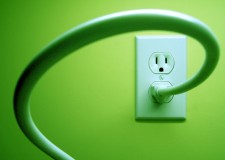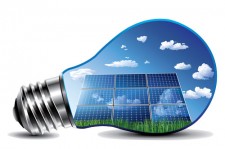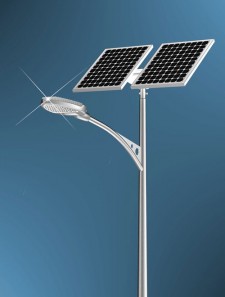


Section 179D—Energy Tax Deduction
Many key tax incentives enacted over the last several years have focused on encouraging businesses to incorporate energy efficiency into their operational plans. This tax incentive in particular remains underutilized because many taxpayers do not know it exists or know how to properly document the qualifying improvements.
Intended to offset some of the costs of qualifying energy-efficient improvements to commercial buildings, the deduction allows taxpayers to take an immediate expense for the cost of property that would normally be recovered through depreciation over as many as 39 years.
If you’re looking for a way to increase your cash flow and reduce your utility bills, you should consider contacting the Concorde Group about the Energy Efficient Commercial Building tax deduction.
Legislative History
Section 179D was established by H.R. 6, the Energy Policy Act of 2005. The sunset for Section 179D was extended by one year by the Tax Relief and Health Care Act of 2006, and further extended for five more years by the Emergency Economic Stabilization Act of 2008. The provision is effective for property placed in service after December 31, 2005, and prior to January 1, 2014.
Who is eligible for energy tax deductions?
Commercial property owners constructing a new facility, or planning to install or retrofit their building with energy-saving features may be eligible for a tax deduction for part or all of the associated costs. Qualifying improvements include: lighting, lighting controls, certain types of HVAC systems, and LEED buildings.
What types of buildings qualify?
- Commercial buildings of any size
- Apartments of four or more stories, for lease
- Commercial energy renovations
- Public buildings – the owner may allocate the deduction to the designer (engineer, contractor, architect, environmental consultant, or energy services provider) for the taxable year that includes the date on which the property is placed in service.
What are the requirements of Section 179D?
Section 179D provides a deduction equal to energy-efficient commercial building expenditures made by the taxpayer. Qualified property is defined as property:
- which is installed on or in any building located in the United States that is within the scope of Standard 90.1-2001 of the American Society of Heating, Refrigerating, and Air Conditioning Engineers and the Illuminating Engineering Society of North America (ASHRAE/IESNA)
- which is installed as part of the interior lighting, the heating/cooling/ventilation/hot water system, or the building envelope
- which is certified as being installed as part of a plan designed to reduce total annual energy costs by 50 percent or more in comparison to a reference building that meets the minimum requirements of Standard 90.1-2001 (as in effect on April 2, 2005). Energy simulation is required to justify the deduction; and inspection and testing must be completed by a qualified engineer or contractor registered in the jurisdiction
In the case of a building which does not meet the 50 percent energy reduction requirement, a partial deduction is allowed for system specific energy reduction property including: lighting, heating/ cooling/ ventilation/ hot water system, or the building envelope. The individual system must achieve a 50 percent energy reduction.
How much is the deduction?
- Maximum deduction is $1.80 per square foot for a 50% reduction in total annual energy and power costs (compared to a reference building that meets the minimum requirements of ASHRAE Standard 90.1) service during the taxable year.
- Within the $1.80 deduction amount there are three potential sub-system deductions of up to $0.60 per square foot for lighting and lighting controls; heating, ventilation and air conditioning (HVAC); and the building envelope. The building envelope is the perimeter of the building including roof, walls, windows, doors, and floor/foundation.
- A partial deduction of $0.60 per square foot is available for a 25-40% reduction in lighting power density (50% in the case of warehouses).
The green movement in commercial real estate is much more than merely a trend. Local building codes are mandating that buildings be more efficient, and even large tenants are beginning to demand improvements that will reduce their operating costs. Given the growing number of incentives available to encourage incorporating energy-efficient improvements into commercial buildings, it is important to consider any federal and local tax incentives available.

